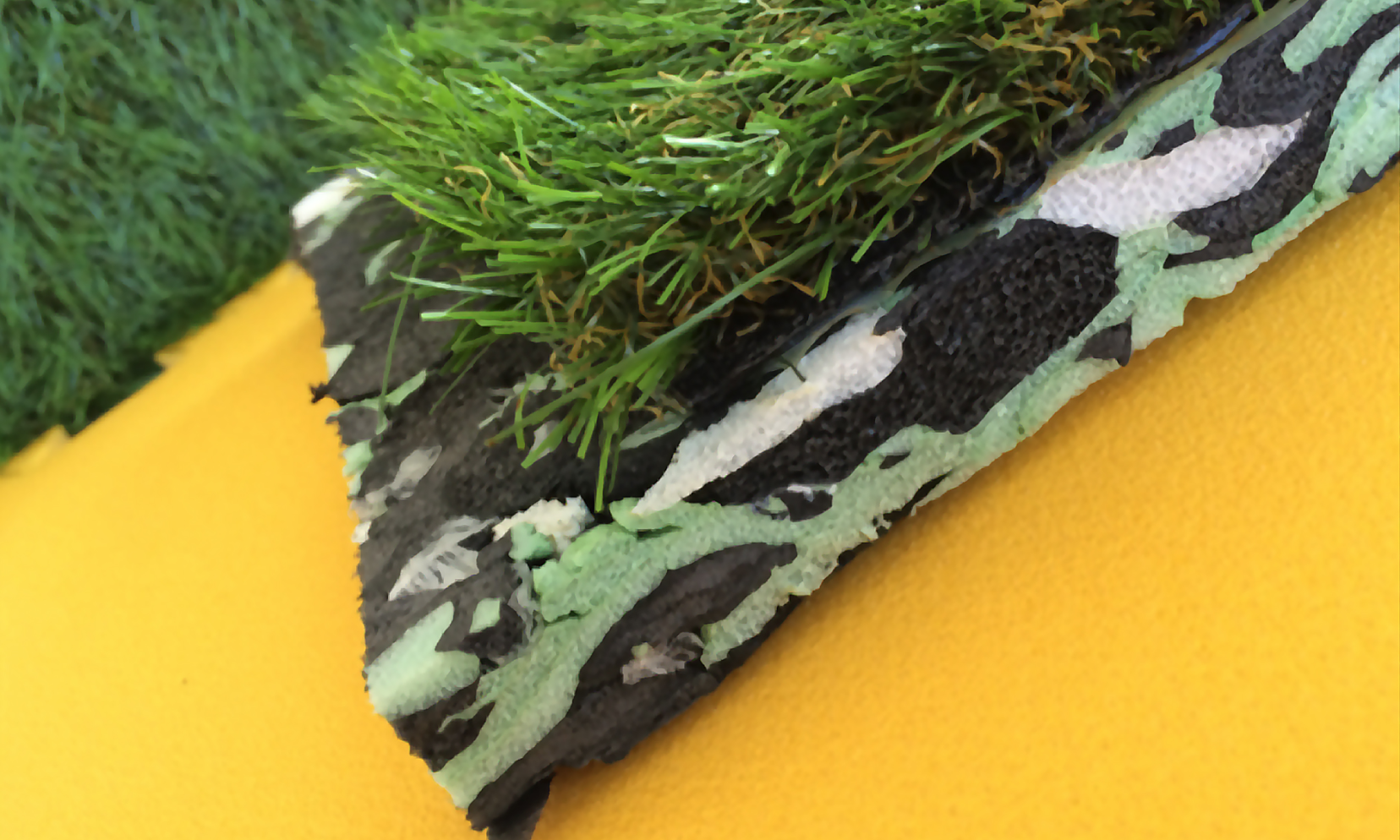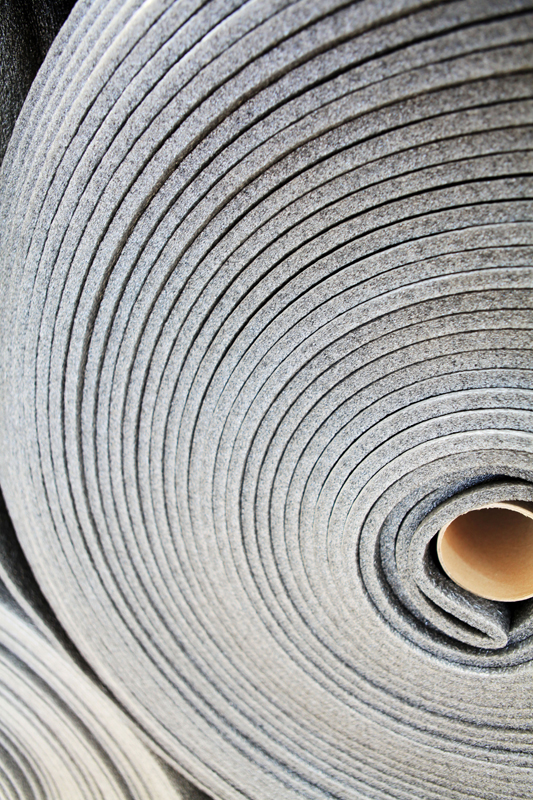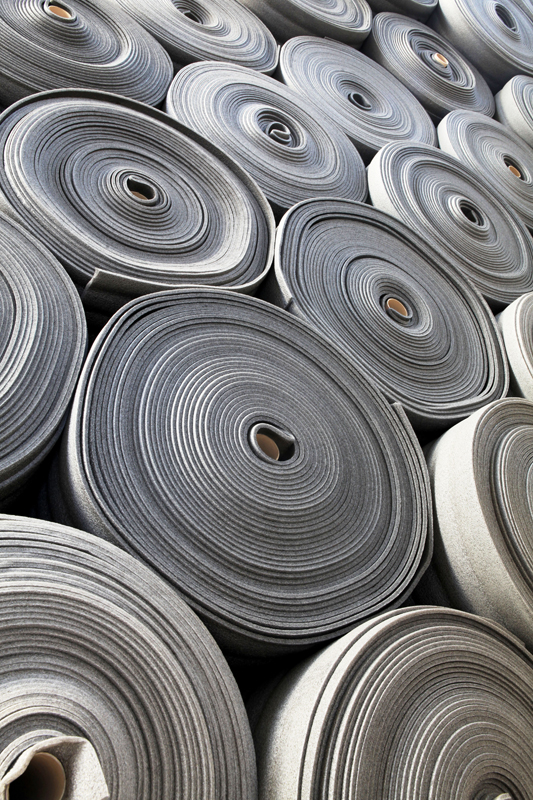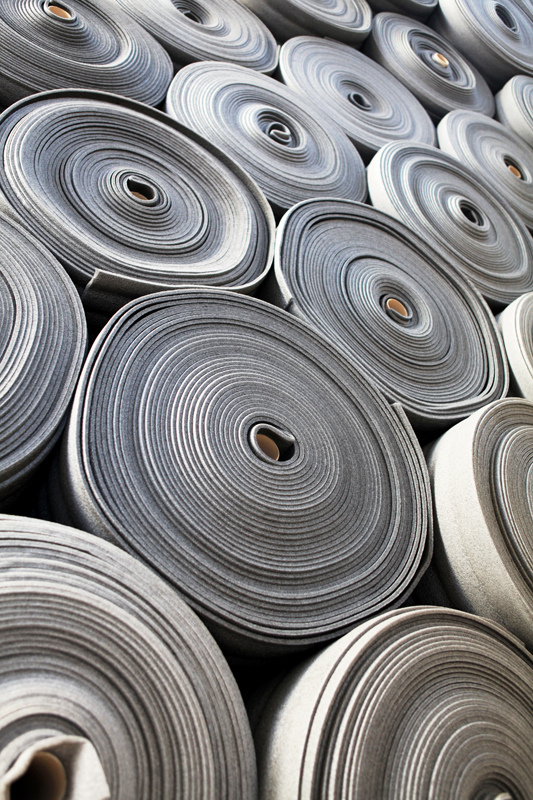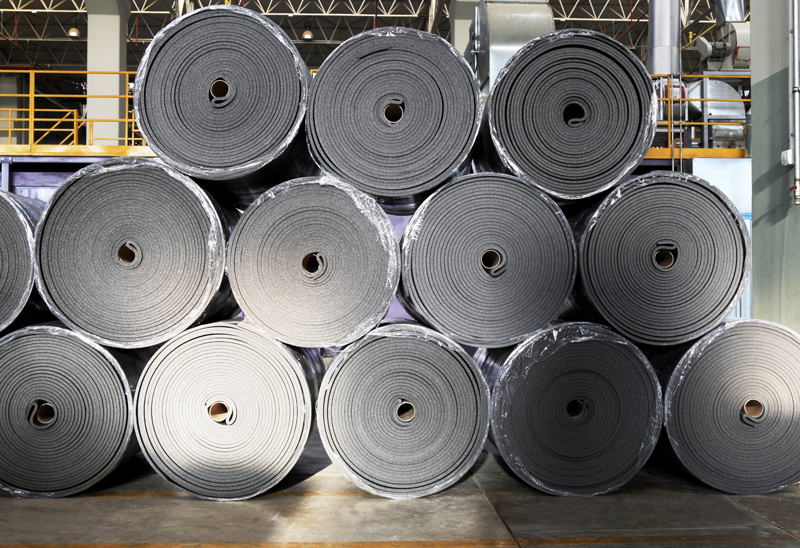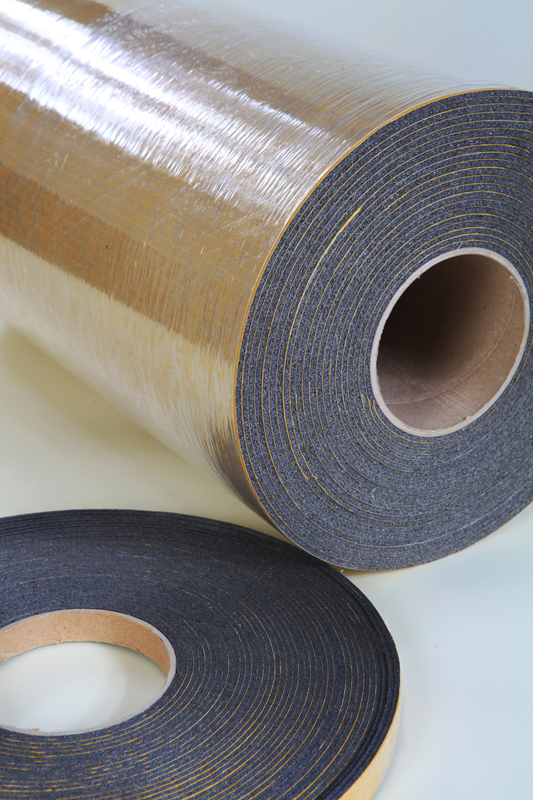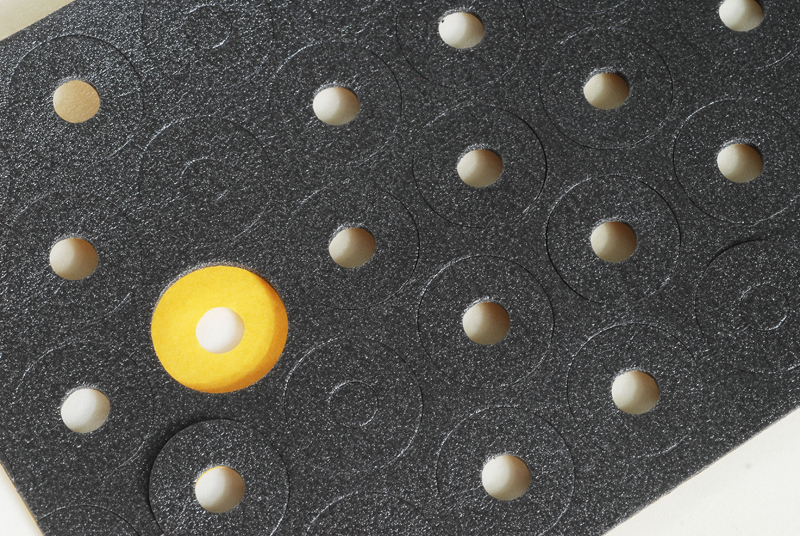Unveiling the Foam Mysteries 😊
Hey there, fellow innovators!
Over the years, I’ve been fascinated by the hidden intricacies behind everyday materials. Recently, I dived deep into the world of foams and was amazed by the surprising differences between physical and chemical foams. At first glance, many assume that foam is just foam—but once you peel back the layers, the processes behind these materials reveal completely different stories. My journey involved exploring everything from polyethylene foam to pe foam, and I was thrilled to discover how each method creates its unique structure. Let’s embark on this exciting exploration together and uncover the science, costs, and creative potential of these foams! 😄
Physical Foaming: The Power of Pressure and Gas
Physical foaming is a process that utilizes simple physical principles to create foam. Essentially, it involves dissolving a gas into a polymer under high pressure and then inducing a rapid drop in pressure, which causes the gas to expand and form a cellular structure. In my hands-on experiments with physically cross linked polyethylene foam, I found the process to be both efficient and eco-friendly. What truly blew my mind was witnessing how tweaking temperature and pressure parameters could drastically alter the foam’s density and cell size. It reminded me of a well-executed magic trick—science at its most mesmerizing! 🤩
Chemical Foaming: When Reactions Create Wonder
In contrast, chemical foaming involves incorporating a chemical blowing agent into the polymer. When heated, this agent decomposes and releases gas, resulting in the formation of foam. I was particularly captivated by the controlled chemical reaction of chemically cross linked polyethylene foam, which resembles a mini fireworks display as bubbles form and expand uniformly. Although this method introduces additional variables—like the rate of the chemical reaction and the stability of the release—it can achieve incredibly consistent cellular structures that are perfect for high-precision applications. Imagine a finely tuned orchestra where every note must fall perfectly into place; that’s how chemical foaming can transform a material! 🔥💥
Side-by-Side Comparison: Physical vs. Chemical Foaming
To simplify all these fascinating details, I created a comparison table to clearly highlight the key differences between physical and chemical foaming. This table not only outlines the technical distinctions but also shows how each method suits different applications. Whether you’re a DIY enthusiast or a seasoned manufacturer, understanding these differences can help you make the best choice for your projects!
| Aspect | Physical Foaming | Chemical Foaming |
|---|---|---|
| Process Method | Utilizes high-pressure gas dissolution followed by a rapid pressure drop. | Employs chemical blowing agents that decompose upon heating. |
| Cost Considerations | High initial capital cost for equipment, but low operating costs at scale. | Lower initial setup cost but higher ongoing expenses due to chemical additives. |
| Environmental Impact | Generally produces minimal chemical waste and is eco-friendly. | Potential emissions during decomposition require careful management. |
| Cell Structure | Tends to form larger, less uniform cells. | Produces highly uniform cell structures with proper control. |
| Application Suitability | Ideal for high-volume industrial uses where cost efficiency is paramount. | Best suited for applications requiring precise material properties. |
Isn’t it fascinating how each method has its advantages? Whether you need the rugged simplicity of physical foaming or the refined precision of chemical foaming, the choice can significantly impact your project’s performance. 😊
My Personal Journey with Foam: Experiments and Anecdotes
Throughout my career as a materials enthusiast, I’ve had the pleasure—and sometimes the challenge—of working with both foaming techniques. I vividly remember a chilly winter project where I used polyethylene foam to insulate my workshop. The physical foaming method provided a durable, lightweight barrier against the cold that made my workspace so much more comfortable. On another creative escapade, I experimented with chemical foaming to craft custom-molded art pieces. The precision of the reaction was almost poetic and it opened my eyes to endless creative possibilities. These experiences have taught me that the choice between physical and chemical foaming isn’t merely about cost or convenience; it’s about the very essence of how we interact with materials in our daily lives. It’s like choosing between a free-spirited adventure and a meticulously planned journey—both exhilarating in their own way! 😊
Applications Across Industries: Where Foams Make a Difference
One of the most exciting aspects of foams is their wide range of applications. In the packaging industry, for example, the cushioning effect of pe foam helps protect delicate items during transit. Meanwhile, in automotive and construction fields, both physical and chemical foams are employed for insulation, soundproofing, and even structural reinforcement. I’ve seen firsthand how selecting the right type of foam can elevate a project—whether it’s improving energy efficiency in homes or ensuring that high-precision components are crafted to perfection. Personally, I learned that choosing the right polyethylene foam can make all the difference in innovative DIY projects. Every application is a learning curve that reminds me why I fell in love with material science in the first place! 😍
Economic and Environmental Perspectives
Diving deeper into the topic, I couldn’t help but notice the stark economic and environmental contrasts between the two foaming methods. From a cost perspective, physical foaming requires a higher initial investment in specialized equipment, but its running costs are significantly lower, making it a star for high-volume production runs. In contrast, chemical foaming offers a lower barrier to entry with reduced upfront expenses, though the recurring costs of chemical additives can add up over time. Research from industry experts, including insights from Trexel Inc. and discussions in the NANJING GRAPHENE NEW MATERIAL TECHNOLOGY community, has reinforced the idea that the long-term viability of these processes depends on both operational cost and environmental sustainability. I found this particularly poignant, as it urged me to consider not only the performance but also the broader impact of our material choices. 🌍💚
Looking Ahead: The Future of Foam Technology
As I reflect on my journey exploring the differences between physical and chemical foams, I am filled with excitement for what the future holds. Advances in material science are continually blurring the lines between these two foaming methods, paving the way for hybrid approaches that could capture the best of both worlds. Whether you’re a seasoned engineer, a creative DIYer, or simply someone intrigued by the science behind everyday objects, there’s never been a better time to explore the potential of foam technologies.
Every time I work with foams—be it the robust nature of polyethylene foam or the innovative edge of chemically cross linked polyethylene foam—I am reminded of how a well-understood material can transform a project and even inspire new ideas. The lessons I’ve learned along the way serve as a constant reminder that innovation often stems from a deep appreciation of the subtle details. 🚀😊
Conclusion: Embrace the Foam Revolution!
In conclusion, the surprising differences between physical and chemical foams are not just a technical curiosity—they are a gateway to smarter, more innovative applications. By understanding how each foaming process works, you can tailor your material choices to better suit your needs, whether that’s optimizing a production process, creating a beautiful piece of art, or even contributing to more sustainable practices in industry. I hope my insights and personal anecdotes have shed light on the distinct benefits and challenges of both methods. Remember, in the dynamic world of material science, every experiment is an opportunity to learn and every project is a chance to innovate!
To give you an extra burst of inspiration, here’s a quick look at one of the industry’s leading foam manufacturers. Check out their location on Google Maps:
Thank you so much for joining me on this foam-filled adventure! I hope you feel as inspired as I do to experiment with and embrace the possibilities of both physical and chemical foaming. Keep exploring, innovating, and most importantly, have fun with your projects! 😊👍


